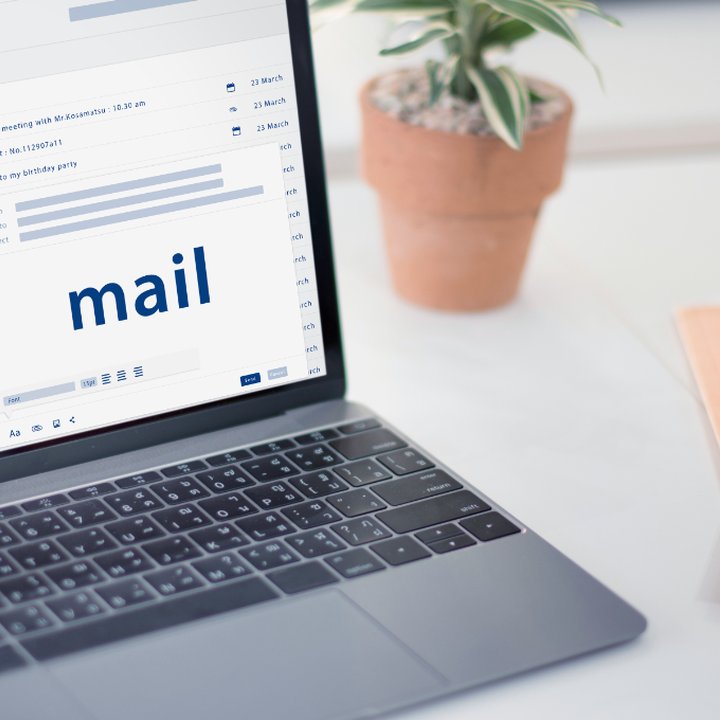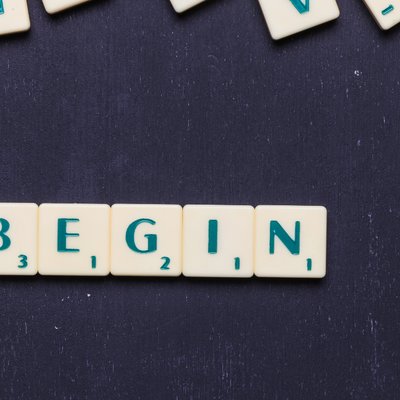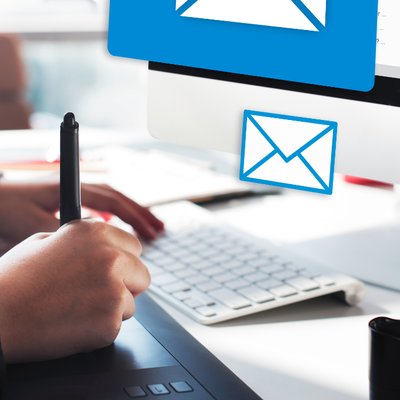Speaking an Hour a Day for 8 Weeks on Language Learning
Language acquisition has long been a subject of fascination and research, with various methods and strategies seeking to enhance the process.
Aug. 28, 2023

Mastering the art of effective email writing is an essential skill for successful communication.
Whether you're a student reaching out to a educator, a professional corresponding with a colleague, or an individual contacting a company, the way you structure and compose your emails can make a significant impact. This comprehensive guide will provide you with step-by-step instructions, practical examples, and valuable tips on how to write various types of emails, ensuring your messages are clear, professional, and impactful.
The first steps in crafting a well-written email can set the tone for the entire conversation. Here's how to start strong:
1. Subject Line: Grab Their Attention: Your subject line should be concise yet informative, giving recipients a clear idea of what the email entails. For instance, if you're inquiring about an upcoming lecture, your subject could be "Clarification on Upcoming Lecture Details."
2. Salutation Matters: Begin your email with an appropriate salutation. If you're emailing a professor, use "Dear Professor [Last Name]," for a formal touch. For a colleague or someone you know well, "Hi [First Name]," works well.
3. Introduce Yourself: In the opening lines, briefly introduce yourself if needed. For instance, "To give you a bit of background about myself, I have a keen interest in [Your Interest] and I am eager to learn from your expertise."

Formal emails require a specific tone and structure to convey professionalism. Here's a breakdown:
1. Choose Your Words Carefully: Keep your language precise and avoid jargon or slang. Be direct in conveying your message while maintaining a courteous tone.
2. Format for Clarity: Use a clear and organized format. Divide your email into paragraphs, each focusing on a specific point. Use bullet points or numbered lists when appropriate.
3. Closing Gracefully: End your email with a formal closing. "Sincerely," or "Best Regards," followed by your name, creates a polished finish.
Business emails demand clarity and effectiveness. Here's a roadmap:
1. Define Your Purpose: Before you start writing, be clear about the purpose of your email: are you requesting information, making a proposal, or addressing an issue.
2. Structured Approach: Organize your email with a logical flow. Begin with a brief introduction, followed by the main content, and conclude with a call to action or next steps.
3. Concise Communication: Business emails are not the place for lengthy prose. Keep your email concise and to the point while providing all necessary information.
Communicating with companies requires a tailored strategy. Here's how:
1. Research Your Audience: Understand the company's values and offerings before composing your email. Personalize your message based on your research.

2. Clear Intent: Clearly state the purpose of your email in the opening lines. Whether you're inquiring about job opportunities or seeking information, make it evident.
3. Professionalism at Core: Maintain a professional tone throughout your email. Use formal language and ensure your email is free from any typos or grammatical errors.
Students often need to compose formal emails for various purposes. Here are a couple of examples:
1. Email to a Professor:
Subject: Seeking Clarification on Upcoming Lecture
Dear Professor [Last Name],
I hope this email finds you well. I am reaching out to seek further clarification regarding the upcoming lecture on [Topic]. Could you kindly provide details on the time and location? Your insights will be greatly appreciated.
Thank you,
[Your Full Name]
2. Internship Application Email:
Subject: Application for Summer Internship
Hello [Recipient's First Name],
I trust this email finds you in good health. I am writing to express my interest in the summer internship opportunity at [Company Name]. Attached, you'll find my resume for your consideration. I eagerly anticipate the chance to discuss how my skills align with [Company Name]'s objectives.
Best regards,
[Your First Name]

Creating a well-structured email involves several key steps:
1. Identify Your Purpose: Before you start typing, know why you're sending the email. Are you requesting information, introducing yourself, or making a proposal?
2. Understand Your Audience: Tailor your tone and language based on the recipient. A formal email to a professor differs from a casual email to a friend.
3. Compose a Clear Subject Line: Your subject line should summarize the email's content. A well-crafted subject line increases the chances of your email being opened.
4. Salutation and Introduction: Begin with a proper salutation, and briefly introduce yourself if necessary. State the reason for your email.
5. Main Content and Organization: Divide the body of your email into paragraphs, each focusing on a single point. Use bullet points or lists to make complex information more accessible.
6. Call to Action and Closing: Clearly state what action you expect from the recipient. End with a polite closing and your name.
7. Review and Proofread: Before hitting send, review your email for clarity, tone, and correctness. Typos can detract from your professionalism.

Here are some additional tips to enhance your email writing skills:
- Be Concise: Respect the recipient's time by getting to the point quickly.
- Use Professional Language: Keep your tone professional and respectful.
- Proofread: Check for grammatical errors and typos before sending your email.
- Subject Line Importance: Craft a subject line that reflects the email's purpose.
- Avoid Overuse of Capitals and Exclamation Marks: These can make your email appear unprofessional or overly emotional.
- Segment Information: Use paragraphs and bullet points to break down complex information.
- Humor with Caution: While humor can add a personal touch, ensure it's appropriate for the context.
Here are some phrases that can enhance your email writing:
- "I hope this email finds you well."
- "I trust you're doing well."
- "I am writing to inquire about..."
- "Could you kindly provide further details on..."
- "I wanted to update you on..."
- "I'm pleased to inform you that..."
- "Your prompt attention to this matter is greatly appreciated."
- "Thank you for your time and consideration."
Crafting effective emails is an essential skill in today's interconnected world. Whether you're a student, a professional, or an individual communicating with companies, following these guidelines will help you convey your message clearly and professionally.
Remember, a well-structured email not only facilitates communication but also leaves a lasting impression on the recipient.